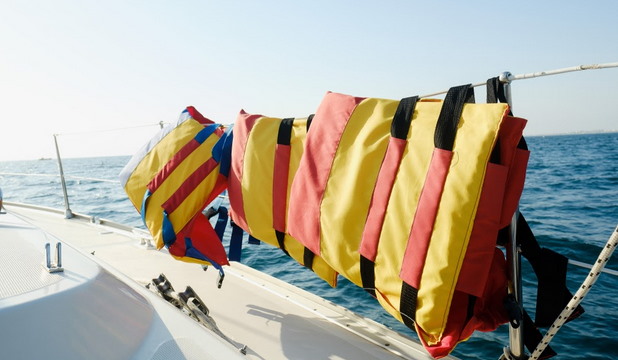The Essential Guide To Australian Sailing Safety
- Written by News Co Media

Life is all about balance. Striking that perfect combination of the stuff that keeps you afloat - work, and the stuff that floats your boat - leisure. We all need our downtime, our playtime and our serious time. Without it, life would be plain old boring.
And if sailing floats your boat, you’ll truly enjoy getting out on the ocean, the wind in your sails and the breeze through your hair. But before you look up the yacht sales in Australia, you should learn a few essentials about how to stay safe on the water. How are you going to obtain boat finance? Do you need training to sail? What are all the safety protocols? In this helpful article, we provide a guide to sailing safety.
Check the Weather
Before you head out, check the weather forecast for your area. You may want to listen to the radio, check online or watch the TV news the night before your sailing adventure. Any mention of storms, heavy rain or gale-force winds and it’s probably best to stay at home that day.
Also, if you are on the water and notice thunder clouds or a sudden drop in temperature this is usually the sign of an impending storm, so play it safe and head to shore.
Make A Checklist
A safety checklist is a great idea, and you can work your way through it before you raise sails and head off. Here’s an example one.
- Have I checked the weather forecast?
- Is my boating license, insurance and other paperwork up to scratch?
- Do I know the area and any potential hazards?
- What are the tides?
- Checked the boat for any issues or problems
- Do I have enough to eat and drink on my trip?
- Have I got life jackets for everyone on board, including myself?
- Do I have a radio or satellite phone?
- Have I let someone know that I’m heading out and when I plan to be back?
Following something like the above checklist is a great way to keep safe while sailing in Australia.
Keep Safety Equipment on Board
You’ll want to ensure your yacht is fully stocked with all the appropriate safety gear. Here’s a useful list:
- Knife
- Rope
- Radio
- Torch
- First aid kit
- Water
- Rations
- Flares
- Boathook
- Fire extinguisher
- Bailer/bucket
- Chart and compass
- Anchor and chain
- Life jackets
- Emergency Position Indicating Radio Beacon (EPIRB)
These should cover you for any situation or hazard that might present when you’re out on the water.
Use Your Head
This is super important. You need to use basic common sense and maintain a level head when sailing. This means keeping to a safe speed, being alert at all times, steering clear of larger ships and being respectful of everyone sharing the water. Boating is no different from cars in the sense that nobody likes hoons.
Avoid Drinking Alcohol
The majority of boating accidents and boating drownings occur due to alcohol consumption. Save the booze for when you get back on land.
Make Sure Everyone Can Swim
You need to ensure anyone who comes aboard can swim, and tread water, in the event of an accident. This includes yourself. If you don’t, get swimming lessons before you buy a yacht.
Summing Up
We’ve covered the essential safety information for sailing/yachting in Australia. Make sure you run through your checklist and check the weather before you head out. Ensure you have all the appropriate gear as per the list above. Use basic common sense, and leave the grog at home. And finally, ensure everyone on board (including you) can swim and tread water.





